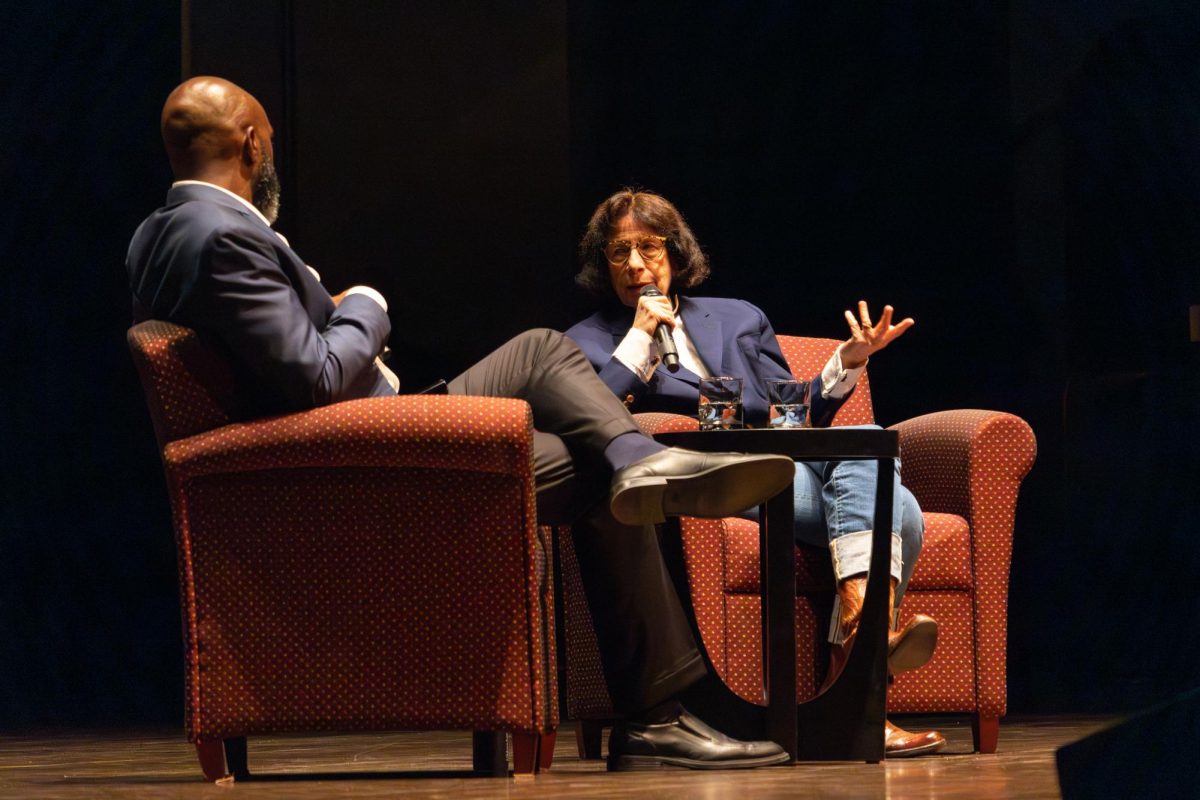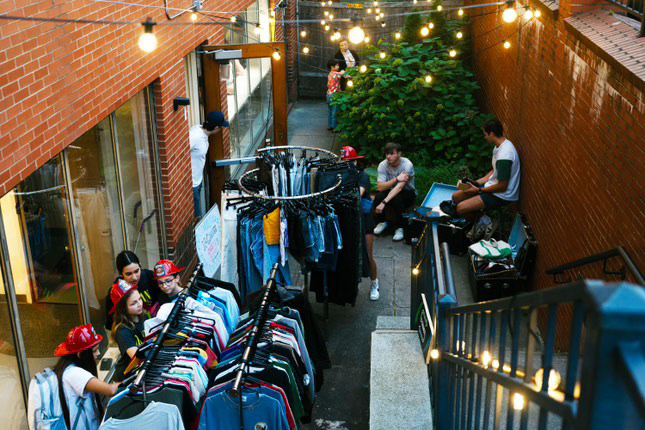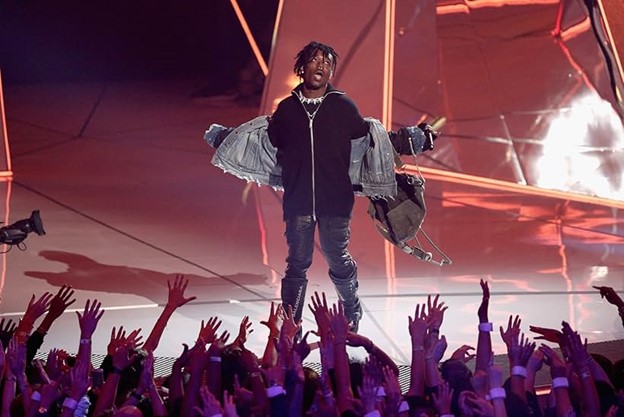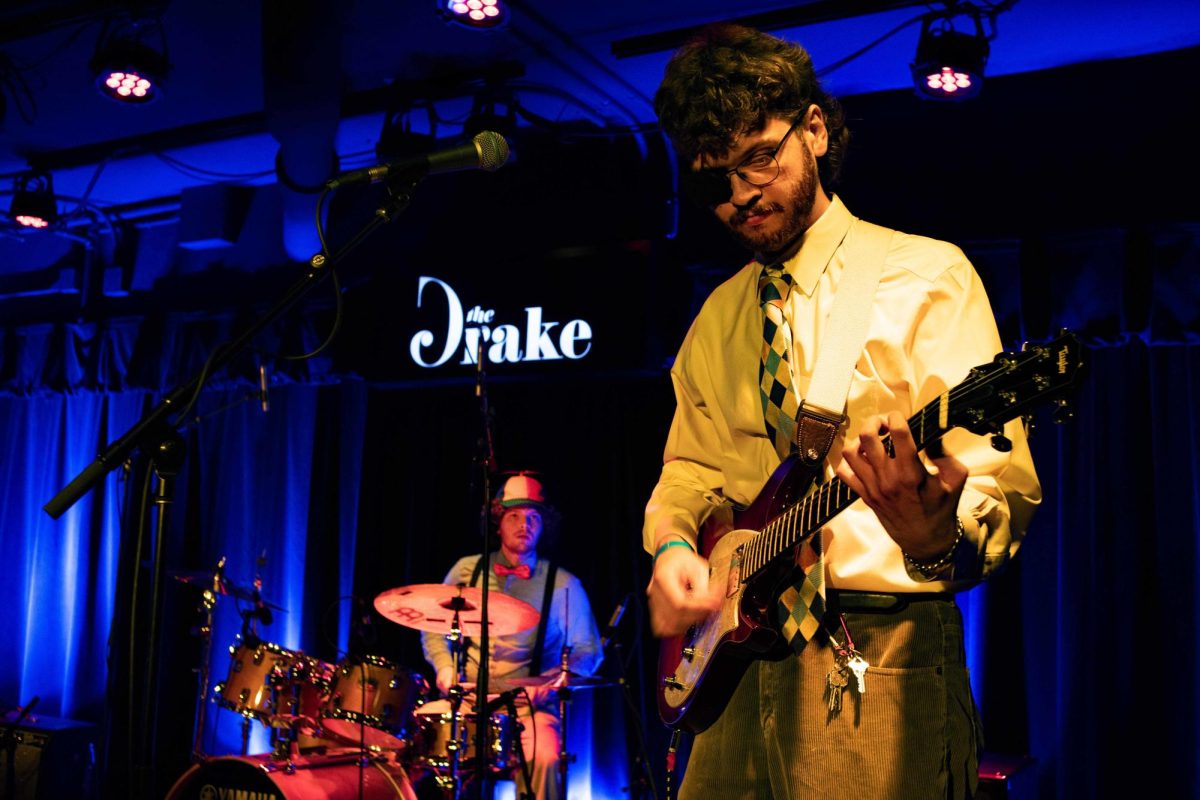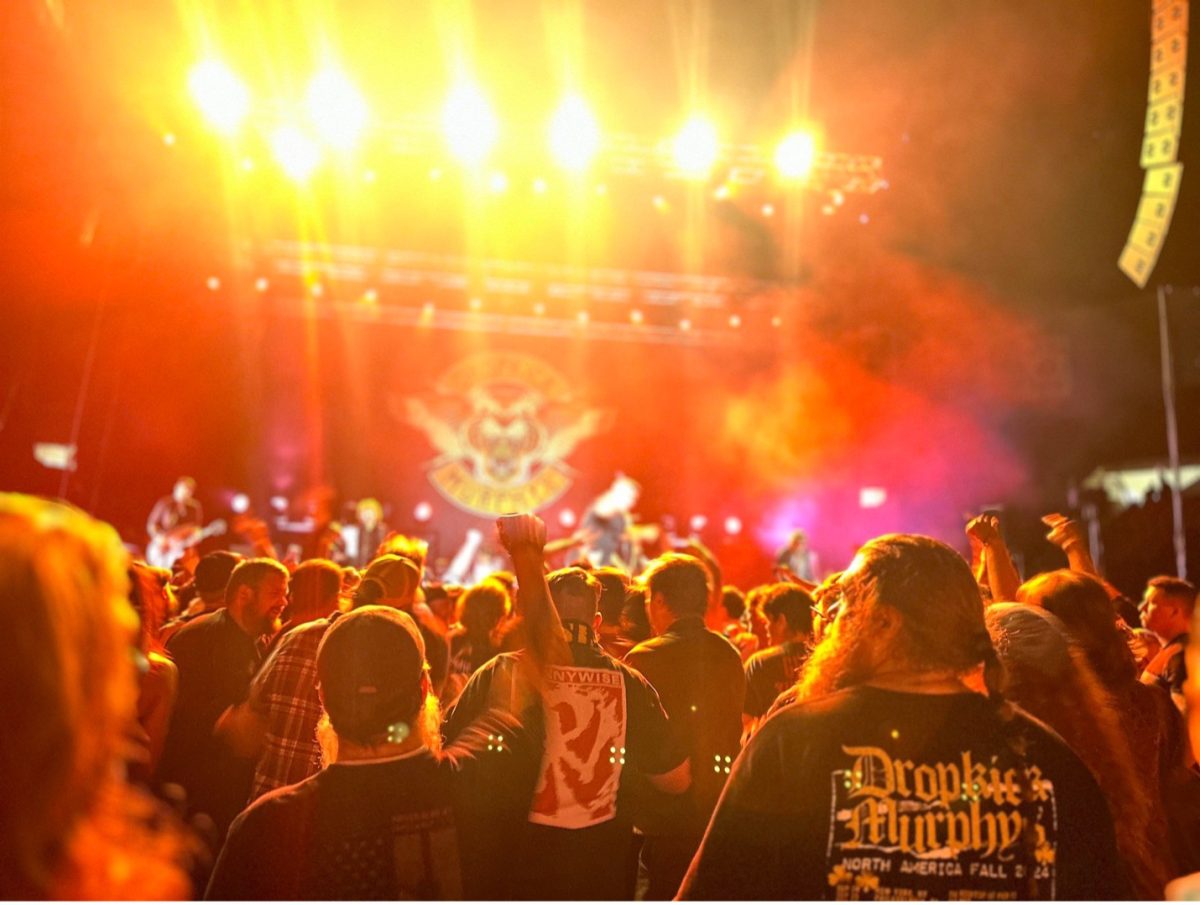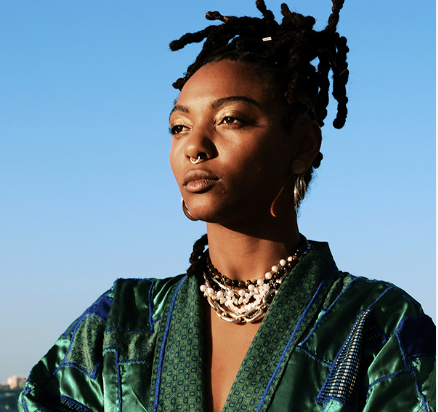When it comes to rock and roll, there’s a definite allure in the macabre. Gothic themes and deathlike elements have often held a position of resonance in the seedy underbelly of rock music, from the haunting chord progressions of early Black Sabbath to the in-your-face hyperbolized horror of more contemporary acts like GWAR. From the churning vortex of B-reel science fiction movie allusions and stylized horror motifs that crept the grim specter of horror punk, a sub-category of punk rock music that utilizes recognizable motifs of the horror genre as its gimmick.
Though it is often thought of as synonymous with death rock, also a sub-genre of punk that incorporates elements of horror, horror punk is far less atmospheric. Death rock tends to be far more ethereal and experimental, whereas horror punk is far more influenced by the sounds of rockabilly and doo-wop. Horror punk diverges from other sub-genres of punk because it is generally less concerned with political matters that are most typically featured in punk music. Instead of lyrically referencing cultural or social struggles, horror punk lyrics are geared more towards the dark and depraved tropes of its base genre. The politics of horror punk only extend as deep as a vampire’s bite or a silver bullet in a werewolf’s hide.
The Misfits are by and large the archetypal horror punk band. Their “crimson ghost” logo has become something of a fixture in popular culture and can be seen splayed across everything from t-shirts to notebooks and just about anything physical object in between. Arguably the most merchandized punk band since the Sex Pistols, the Misfits laid the essential groundwork for the emergence of horror punk as a legitimate genre with their iconic corpse paint look and raucous stage performances. Formed in New Jersey in 1977, The Misfits released a slew of singles and EPs starting that year, looking to get a foothold in the fluctuating hardcore punk scene.
1982 saw the release of their first full-length LP “Walk Among Us,” which has since become an iconic compendium of early horror punk stylings. Original vocalist and founding member Glenn Danzig, referred to by early fans as the “Evil Elvis,” helped make a name for the band with his crooning lyrics about chaos, destruction and death and even went on to find success post-Misfits in the band Samhain, which eventually went on to assume the singer’s surname.
Throughout their multi-decade run, songs like “Teenagers from Mars,” “Ghoul’s Night Out,” “Die Die My Darling” and “Night of the Living Dead” have marked the band as serious horror aficionados, and much of their fandom is highly evident in both their lyrics and stage presence. The band has since become a household name for fans of punk music and is just as recognizable as a cultural element even to those who aren’t fans. Though the band has gone through several lineup changes over the last decade or so, the outfit still continues to tour, hammering out the same blood-soaked, gore-laden tunes that made them so quintessential in the punk world.
Even though the Misfits receive all the accolades as progenitors of horror punk, in 1981, a year before the first Misfits album was released, a band from Long Beach, California called T.S.O.L. (“True Sons of Liberty) released an album called “Dance with Me” that paid tribute to a slew of gothic and horror-themed extensions. “Code Blue,” perhaps the most well-known song off “Dance with Me,” deals explicitly in necrophilia but from a perspective that is somehow matter-of-fact in its cheerfulness.
Also worth mentioning here are The Cramps, a group with considerable presence in the early New York punk scene in the late ‘80s and early ‘90s. Combining equal parts rockabilly with the essential elements of ‘70s punk and a tongue-in-cheek attitude towards creepy themes and gore, The Cramps rose to cult hero status as founders of what lead singer Lux Interior called “sleaze rock.”
The band eventually became known for their lewd stage performances that left little to the imagination and their flagrant use of sexuality as a vehicle for conveying rock and roll perversions. Songs like “Goo Goo Muck,” “I Was a Teenage Werewolf” and “What’s Inside a Girl?” marked The Cramps as the psychopathic country cousins of more punk-influenced bands but with a motif that was entirely within the spooky scope of horror punk and rock.
While some musical acts save the true gruesomeness just for Halloween, those musicians who dedicate themselves to the stylization of horror punk know that true creepiness is more in the mindset than the theatrics. Anyone can rig up a haunted house at the end of October, but only the truly creepy at heart can appreciate the spooky stylings of such genres as horror punk. Though relegated to the fringes of post-punk obscurity by the watchful cultural eye of the mainstream, the artists of horror punk and the multitude of sub-genres therein are testament to the variability that a singular style of music can be capable of. So here’s to a genre that has and forever will disturb parents and tantalize angsty youth everywhere.
Emily A. Brightman can be reached at [email protected]









